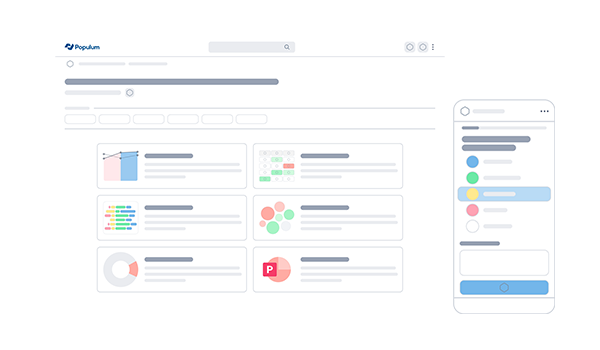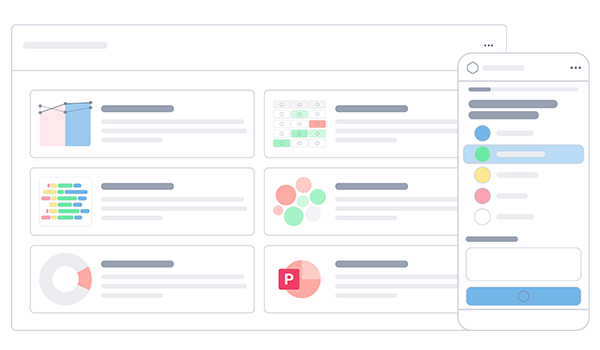In employee surveys, AI in HR can be used to impact several areas, for example:
Employee experience: AI lets you understand your employees’ experience across their work, career development, work environment, and overall employee lifecycle. With an inclusive employee survey process, your employees can co-develop their experiences, increasing the positive impact.
Employee engagement: AI helps employees engage in the right conversations, highlighting what needs to change and demonstrating what works well. When you ask employees for their feedback, they feel listened to and are more likely to increase their work engagement.
Employee well-being: A key to building an environment that promotes well-being is changing what is preventing it. AI not only provides insights into the current employee well-being status and behavioral patterns but also lets you predict sick leave and recommends how to prevent it.
Workplace safety: An employee survey is favorably used to focus employees on workplace safety and uncover problems around it. AI helps to bring out insights that might otherwise be difficult to find.
Decision-making: AI produces enhanced analysis and insights into the people side of the organization and their trends, providing a more accurate basis for decision-making.
Organizational culture: AI in your employee survey not only lets you know what to build your organizational culture on, but as you measure it regularly, AI helps you ensure that it serves as the implementation enabler you intend it to be.
Self-leadership: In an inclusive employee survey process, employees can study the measurement results and reflect on what they can do to improve their own and the team’s performance. AI provides personalized analysis, insights, and recommendations that enable employees to gain a deeper understanding of what they can do to improve their own and their team’s measurement results.
Change and transformation: Regular employee surveys with AI let your people adopt a continuous improvement mindset. When an AI-powered employee survey is used to track a transformation initiative, you know what works well and where to make changes along the way for the initiative to be successful from a people perspective.
Retention: AI not only helps you understand the employee experience and what people prefer with your brand. It also lets you predict employee turnover and recommend changes to prevent the turnover from happening based on the employee survey answers.
Performance management: A regular and open feedback process with AI uncovering hurdles and providing recommendations builds on a culture of continuous improvement. The manager and employee can have a continuous progress conversation, either as opposed to or to add to the traditional yearly performance meeting.
Learning and development: Measuring development places employee, leader, and organizational focus on it. AI in your employee survey uncovers what works well and might prevent your people from developing.
People analytics: Understanding the employee experience of your organization’s key focus areas adds another layer to your people analytics. Employee surveys are easily integrated with HR master data and, with the use of AI, paint a much clearer and more in-depth picture of the people side of the organization. AI lifts relevant insights for what works well and what might be in the way of performance, summarizes the current status, and provides improvement recommendations on individual, team, leader, and organizational levels.
Diversity and inclusion: When you ask everyone for confidential feedback on how they experience inclusion, AI analyzes and provides insights into how you can best improve the work environment.
Onboarding: In onboarding surveys, AI uncovers how your new hires experience their work, introductions, early challenges, and what they need to be more productive and perform better and earlier in their role.
Administration: AI in your employee survey lets you remove a lot of administrative work, such as summarizing free-text comments, analyzing the survey responses, providing recommended actions, and preserving confidentiality.





